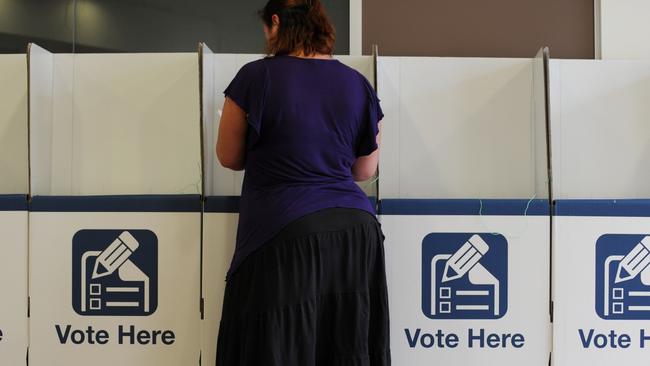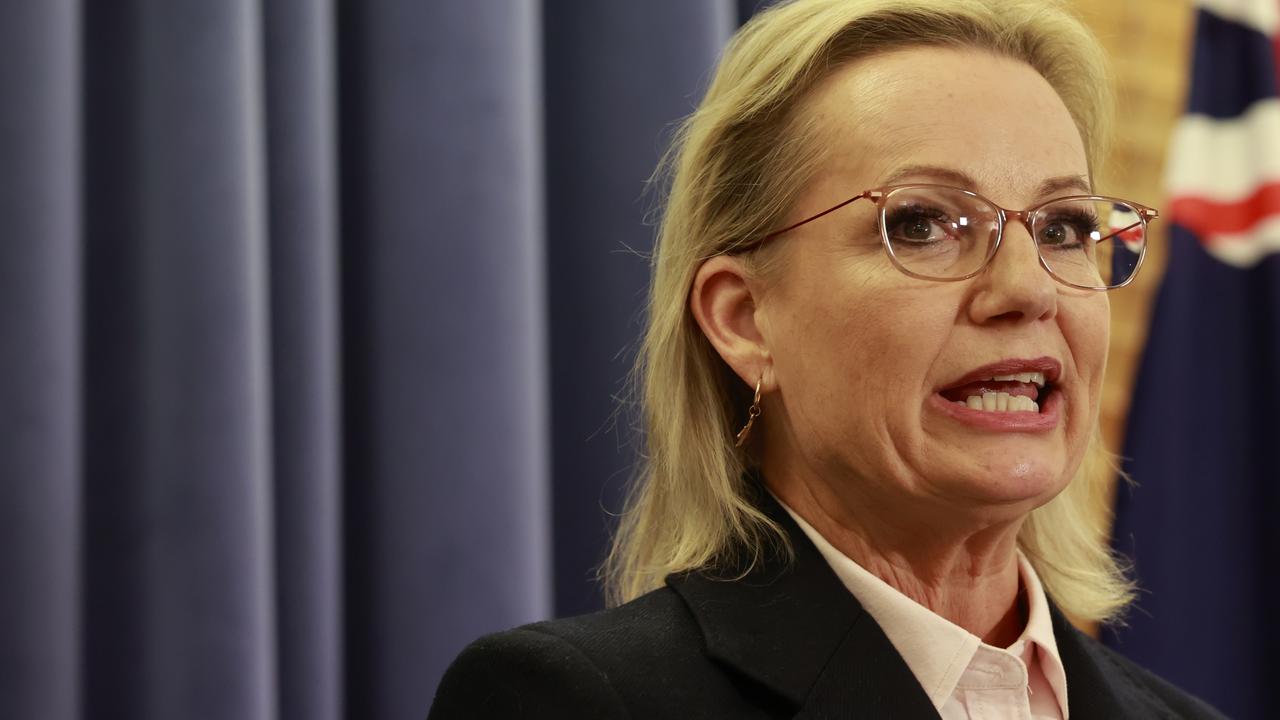Mark Kenny: Why the growing pre-poll queues hurt party vows
Pre-poll voting is on the rise — a fact with major implications for the rollout of election inducements by the parties, says Mark Kenny.
Analysis
Don't miss out on the headlines from Analysis. Followed categories will be added to My News.
- Opinion: Why Labor needs ‘kingmaker’ Clive Palmer
- How activist group GetUp! have ousted ‘right-wing’ MPs
- GetUp! to use SMS tech to oust top targets
- Business SA hits Labor’s proposed changes to skilled migration
“Thank God for Easter,” a colleague remarked to me the other day, without a hint of irony.
Others would say the same for Anzac Day.
Whatever one’s beliefs, the uncommon proximity of these two sacred holidays in 2019 has compounded the inevitable switch-off factor in this election contest.
Yet by Monday, when Australians bounce out of what some had cleverly parlayed into a glorious 10-day break (costing just three days of annual leave), many will already be queuing up at one of the Australian Electoral Commission’s 600-plus early voting booths.
With still three weeks to go to May 18, that might seem premature, but with each election, more people are finding ways to get it done earlier. Pre-poll voting is on the rise — a fact with major implications for the rollout of election inducements by the parties.
The old logic was save your best ammunition — new family payments, big projects, tax cuts and so on — until the last minute.

Now, if you try that, whatever credit you might court is limited to those undecideds who are yet to vote. To others, such promises are water off a duck’s back.
In 2013, when there was a palpable sense of urgency in dispatching the riven Rudd-Gillard-Rudd show, 26 per cent voted early.
In 2016, that portion had jumped to 31 per cent — near enough to a third of all voters at 4.5 million or so.
This time around it could rise higher again, perhaps into the high 30s.
But what will they be deciding on?
Scott Morrison has been the more relaxed on the campaign trail while Bill Shorten has looked wooden, even cautious.
Morrison’s ease with voters and with travelling media reflects three things: First, the Prime Minister entered this campaign as the genuine underdog and is thus unencumbered by expectations. Second, his party is in government and much of its platform and its baggage is already known, already priced in by voters. And third, Morrison knows that it is Shorten who has taken all the risks here with his unusually bold tax reform agenda and policy stance on climate change.
In other words, for Morrison, the balance of risk is on the up side, for the frontrunning Shorten, the downside risks predominate, and this reflected in his wary presentation.
It’s a bizarre situation in which it is the Opposition that is defending a lead and the Government on the attack. But that’s just the campaign.
Who’s listening? By this time next week, many will have already voted, so none it will matter anyhow.
■ Mark Kenny is Senior Fellow at the Australian Studies Institute, Australian National University.
Originally published as Mark Kenny: Why the growing pre-poll queues hurt party vows


